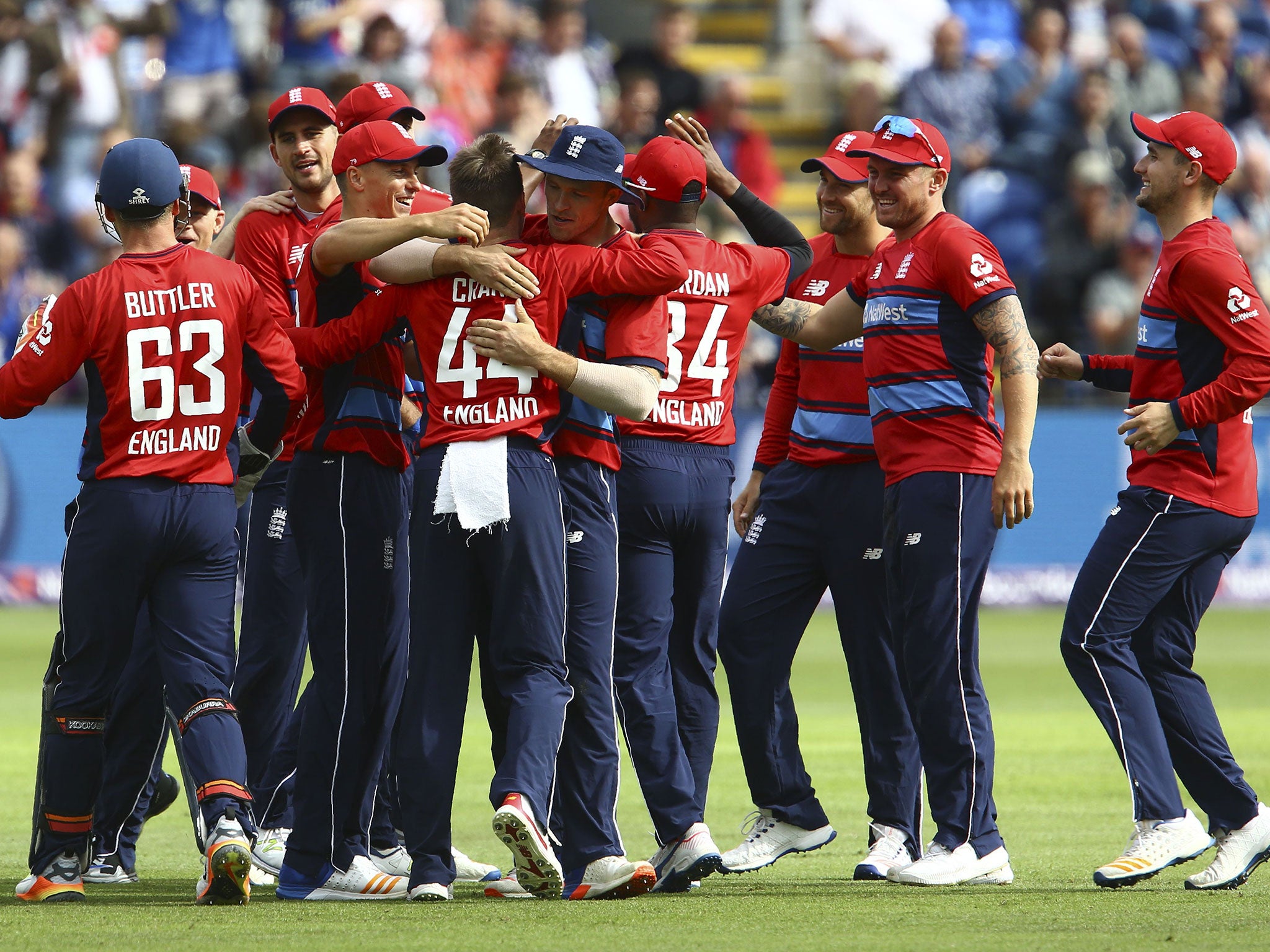Make no mistake, the return of English international cricket to the BBC won't remedy the sport's malaise
English cricket will return to free-to-air television in 2020 after the BBC won live broadcast rights for 21 matches - but don't be tempted to see this as a revolutionary moment for the game

Welcome back, international cricket. In 2020, after 15 years, English international cricket will be back on free-to-air TV.
It is tempting to declare this a revolutionary moment for English cricket. Certainly, it amounts to a tacit, albeit belated, admission that the ECB was wrong to remove cricket from free-to-air after the summer of 2005. It adds to the sense, too, that the ECB recognises cricket’s deep malaise - its declining participation and visibility, and the sense of a sport that has been left behind by the national conversation - and is determined to set it on a new course.
And yet these conclusions, even if largely justified, feel a little out of kilter with what has actually been announced. From 2020-24, all England home Test matches and one-day internationals will remain live and exclusive on Sky Sports. Only two men’s T20 internationals, and a solitary women’s T20I, will be available to watch free-to-air on the BBC - less than ten hours of live international cricket a year and, as evidenced by Eoin Morgan resting himself for last week’s deciding T20I against South Africa, in a format in which England almost invariably play a shadow side.
More significant is the commitment to live TV coverage of the new men’s T20 competition, showing ten games, including the final, as well as the women’s equivalent, in which eight matches will be shown. This could be potentially seminal for female cricket, given how free-to-air coverage of the Women’s Big Bash in Australia turbocharged the growth of the women’s game too. Awarding the BBC website highlights and clips of all internationals is promising, too.
But, compared to other sports, there will remain a paltry amount of live, free-to-view international cricket. The Six Nations have rejected more money from Sky to remain exclusively on free-to-air TV. The Wimbledon Tennis Championships remain exclusively on BBC, where it receives incessant coverage for a fortnight a year. The halcyon days of every England Test match live on free-to-air TV will never return - neither BBC nor Channel Four have any desire for it to - but Wimbledon’s example hints at how a marquee Test, packaged as a centre-piece of the British sporting summer, could be sold to free-to-air. The obvious solution is for the showpiece Lord’s Test of the summer - an event that, like Wimbledon, can transcend day-to-day followers of the sport - to be returned to free-to-air. Now, that won’t happen until 2025, at least - or probably ever.
In a sense the debate about free-to-air TV has long been hackneyed: changing viewing habits have made it less significant. That’s why, for the future of cricket, the most important part of the deal concerns smartphones and tablets. Rights for these were bundled with the TV package: whoever holds the TV rights for a format has them for smartphones and tablets too. In the case of every England home Test and ODI, that means Sky.
There is a sense of missed opportunity here. In 2008 Major League Baseball launched AtBat, allowing fans to pay as little as $19.99 a year to watch live matches, and call up statistics or action replays at will: effectively making each fan the director of their own private broadcast. It is the highest-grossing iPhone sports app of all-time, and was downloaded a record 11 million times in 2014. In Saving the Test, author Mike Jakeman discussed AtBat with cricket administrators, and was left hopeful that the sport would soon adopt a similar concept to reach out to newer fans. Four years later, we are still waiting.
For all the optimism in cricket about the new contract, it amounts to “something of a fudge,” warns Simon Chadwick, a TV marketing expert. “Cricket somehow finds itself trapped inside a gilded enclave, denied the opportunities attributable to free-to-air mass market TV whilst at the same time somewhat remote from the dynamism of the millennial and GenX markets.”
Cricket is a sport that has faded badly in the public consciousness. The number of adults playing at least once a month has fallen from 428,000 in 2008/09 to 308,000 today, according to official Sport England figures, and the Champions Trophy failed to break out beyond existing cricket fans. While the new bounty of cash - £1.1bn - holds out the promise of reinvigorating cricket at grassroots, the past decade has proved that extra TV money for cricket, however well-spent, can only do so much to combat a lack of visibility.
From 2020, cricket will have significantly more visibility on free-to-air TV, and digital platforms, than at any point since 2005. That is good news. Just do not mistake it for a solution to the sport’s urgent need to re-engage the public.
Subscribe to Independent Premium to bookmark this article
Want to bookmark your favourite articles and stories to read or reference later? Start your Independent Premium subscription today.

Join our commenting forum
Join thought-provoking conversations, follow other Independent readers and see their replies